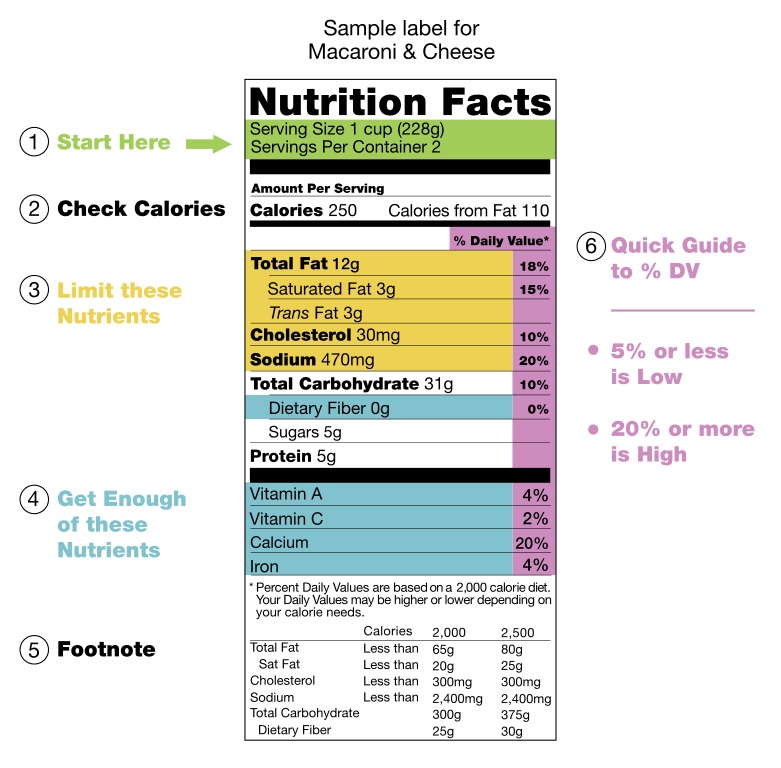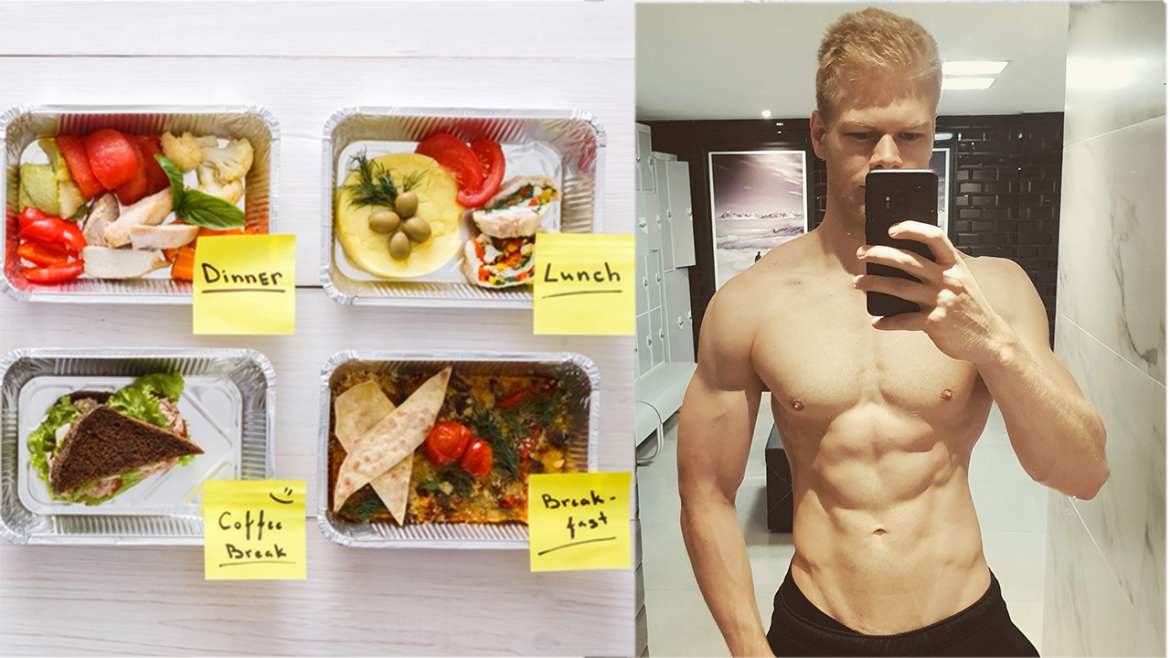When it comes to proper dieting food labels are extremely important. The pretty much tell you everything you need to know and give you a perfect overview of the nutritional value of the food at hand.
Unfortunately, many people don’t know how to read a nutritional label, which is something we will change now. This post is intended to make it easier for you to use nutrition labels to make quick, informed food choices that help you set up a healthy diet.
Want To Watch The Video Instead?
Step #1: The Ingredients
The first thing you always want to check is actually not on the nutrition label itself but somewhere else on the packaging: the ingredients.

Ideally here you want to have a little as possible. You buy a head of lettuce…guess what the only ingredient is lettuce. The same goes for most other fruits and vegetables.
Being realistic though most people purchase packaged or frozen foods that have more than one ingredient. But then the rule applies the shorter the ingredient list the better.
Also, understand that ingredients are ordered by volume. The higher up on the list an ingredient is, the more of it is in the product. If sugar, corn syrup or any other sweetener is the first thing on that ingredient list you want to avoid this product or at least limit your intake.
Ok now to the actual label.
Here is a sample label from the FDA.

Step #2: Serving Size
Always start at the top and check the serving size. I always like to compare foods on a 100g basis so if 1 serving is more or less than 100grams you will have to do some calculating.
Next, you want to check the total calories.

While this tells us how much energy the food a contains, it doesn’t say where this energy comes from. So then we go further down the label and check the three main macronutrients fat, carbohydrates and protein. First fat.
Step #3: Fat

As you know fat per se isn’t bad but it should come mostly from unsaturated fat, maybe some saturated fat and little to no trans fat. A high transfat value is an indication to avoid this product.
The values for cholesterol and sodium should also be low in quality foods. You can check this by looking at the daily values percentage on the right side of the label.

Here anything below 5% is low and anything over 20% is regarded as high.
Step #4: Carbohydrates
On to carbs. Like fats, carbs aren’t bad but you have to make sure that the carbs in your food don’t come solely from sugar.

So for example, a food has 30 grams of carbs and of those 30 grams, 20 grams are from sugars that’s not a good sign. The lower the sugar value the better. The opposite holds true for dietary fiber which you want to get quite a bit of.
Step #5: Protein
The last macronutrient protein is pretty easy to get right. The higher the better, at least when it comes to a diet focused on building muscle and losing weight.

Step #6: Vitamins & Minerals
The very bottom of the label will tell you the micronutrient value of the food. In general the more vitamins and minerals the better. One exception is sodium of course but its usually not found down below but higher up the label.

And that’s about it.
Reading a food label is actually pretty simple and there isn’t much you can do wrong.



